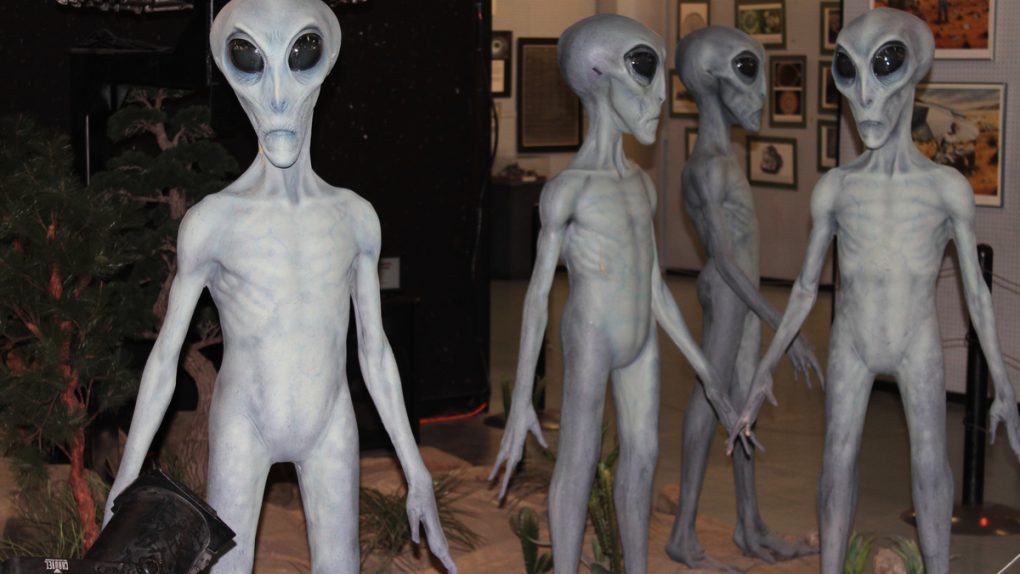- What are the actual odds that we’ll discover intelligent alien life in our galaxy? Not good, unfortunately.
- The size of the Milky Way means it’s likely that life exists out there, but finding it will be near impossible… for now.
- We’ve not even begun to scratch the surface of our exploration of the cosmos, and progress is moving slowly.
Over the past couple of weeks two research papers have popped up that seem to hint at the inevitability of life — intelligent life, at that — existing outside of Earth but within our own home galaxy. The Milky Way is big, and if we take these papers at face value we see that there are around 6 billion “Earth-like” planets in our neighborhood and at least a few dozen intelligent alien races that have spawned on them.
Scientists use the information at their disposal to come up with these figures, noting the odds of any given star hosting a planet similar to Earth, that the planet is within the habitable zone of the star, and the likelihood of life emerging there and sustaining itself to reach a point of intelligence. The problem, of course, is that even if we take the most optimistic estimates and double those odds in favor of aliens, we’ll still probably never actually find them.
So what’s the deal? Are there aliens out there or not?
The consensus seems to be that yes, alien life exists somewhere out there. In fact, there are probably several “somewheres” right here in our own galaxy. Some of those planets may have sustained life long enough for it to reach a level of intelligence where they, too, are wondering if life exists outside of their own home planet.
That might sound like great news or even a subtle promise that we’re going to find an alien race capable of communicating with us on some level, and that it might happen sooner rather than later.
It’s not, and we won’t.
It’s so exciting to imagine the discovery of alien life that we tend to ignore all of the factors standing between us and that history-changing encounter. Put simply, the same math that offers us hope that intelligent alien races exist is the same math that tells us we won’t find it within our lifetimes if we ever find it at all.
The same study that said that there are possibly 36 (or more!) intelligent alien races within our home galaxy also said that the average distance to any of them is 17,000 light-years. The farthest mankind has ever reached out into space is the 13.8 billion miles that Voyager 1, which launched in 1977, has traveled so far. That sounds like a huge distance, but it’s nothing when compared to even a single light-year.
In fact, the 13.8 billion miles that Voyager 1 has traveled is less than one half of one percent of a light-year. With that in mind, try to wrap your head around 17,000 light-years and you start to see why discovering an alien race is going to be virtually impossible unless they come looking for us first.
New technology can give us the ability to reach further into space, but improvements in such technology happen slowly, and with mankind doing its horrible best to ignore climate change, the human race is far more likely to turn our own planet into an unlivable husk than to find another planet where life already exists.
So, yeah, there are probably aliens out there. Cool! You’ll never get to meet one. Bummer.








